Birds love sunflower seeds. Many humans love this healthy seed too. Roasted and thrown in a salad, it jazzes up almost every boring green meal and can be a dieter’s delight. They are one of the most popular types of seeds to use in a birdfeeder. But you may be wondering, do birds eat sunflower seeds whole?
Even though many birds love these healthy seeds, birds do not eat sunflower seeds whole. The inner heart of the sunflower seed is what the birds are after. They crack the hull of the seed open by using their beaks or knocking it against a tree or rock. Once a bird gets to the inner seed, the shell is discarded.
Let’s dive into more on birds and sunflower seeds.
Which Birds Eat Sunflower Seeds?
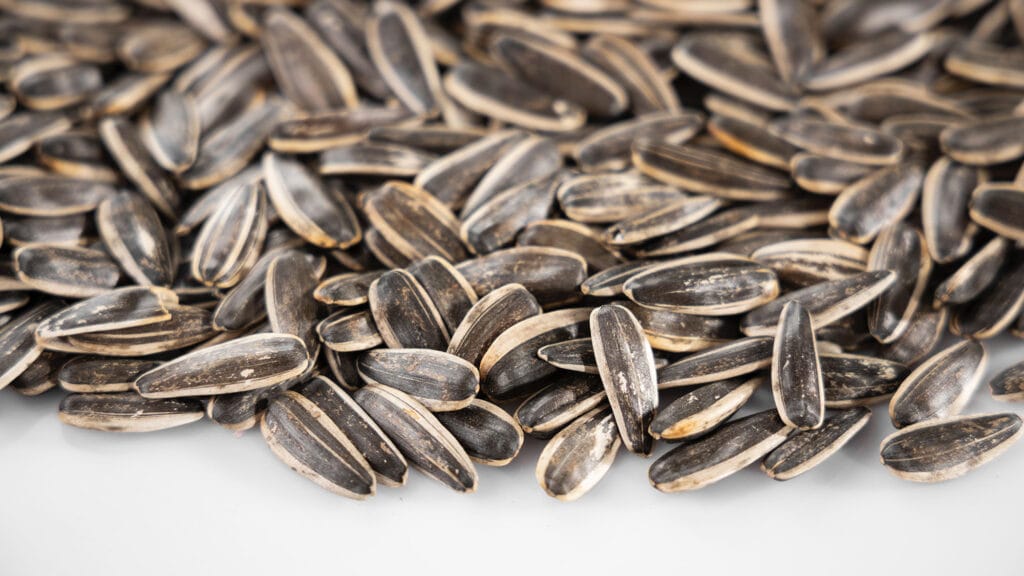
Any seed-eating bird will enjoy sunflower seeds. Whether the seeds are hulled or not, sunflower seeds are a great way to attract a variety of different birds to your yard.
1. Cardinals
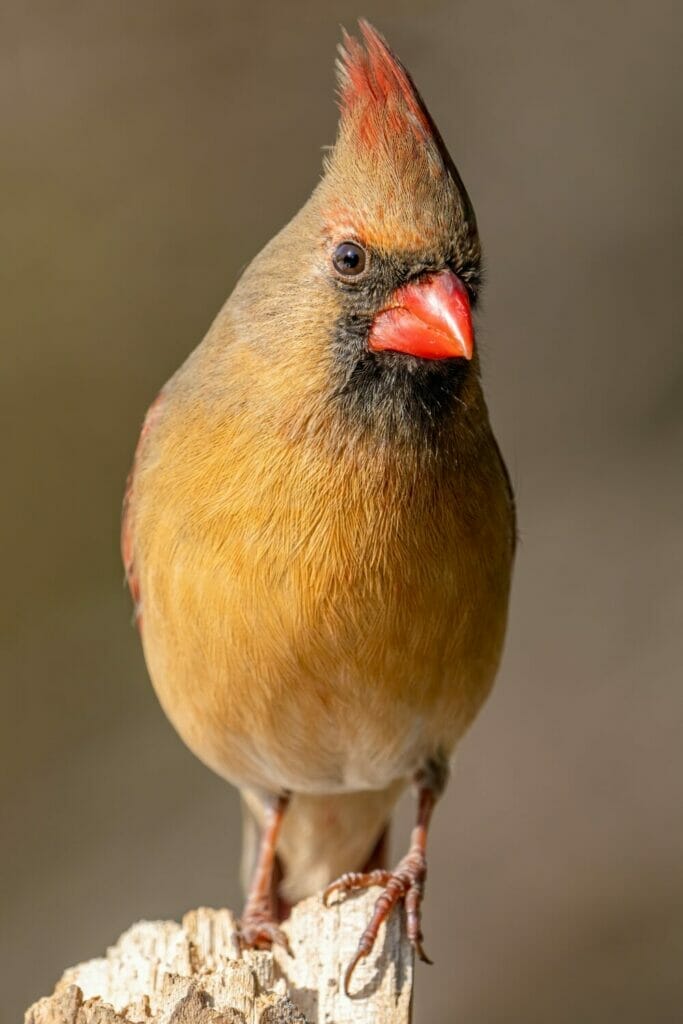
Cardinals are popular songbirds in the Southeast of the United States. The Northern Cardinal is the state bird of 7 U.S. states.
Cardinals live in bushy areas, woodlands, and suburban residential areas. The males are bright red with a black mask around their eyes and a red mohawk. The females have a light underbelly and plum-colored tail feathers.
Cardinals eat seeds, insects, and fruit. They love sunflower seeds and are popular at all kinds of bird feeders. Adding sunflower seeds to your bird feeder is a great way to attract the Cardinals. You can also grow some fruit-bearing shrubs or trees in your yard.
Cardinals, Cardinal-Grosbeaks, and Buntings are from the same family. These musical bright-colored birds are sure to brighten your day.
2. Finches

Author Note: Finches are found globally and vary widely in color according to the species. They can also be called hardbills. Many different kinds of birds are classified as ‘finches.’ Some examples are grosbeak finches, canaries, brambling, bunting, goldfinch, and greenfinch.
True Finches are small birds with forked tails and rounded bodies. Their short triangular beaks are perfectly designed for cracking open seeds or nuts. These delicate birds are predominantly seed-eaters, which is evident by their small beaks.
Finches are lovely birds to attract to your yard as they are non-disruptive and don’t make a lot of noise. They are small in size and do not consume a lot of food. They are also boldly colorful and sing lovely songs.
3. House Sparrows
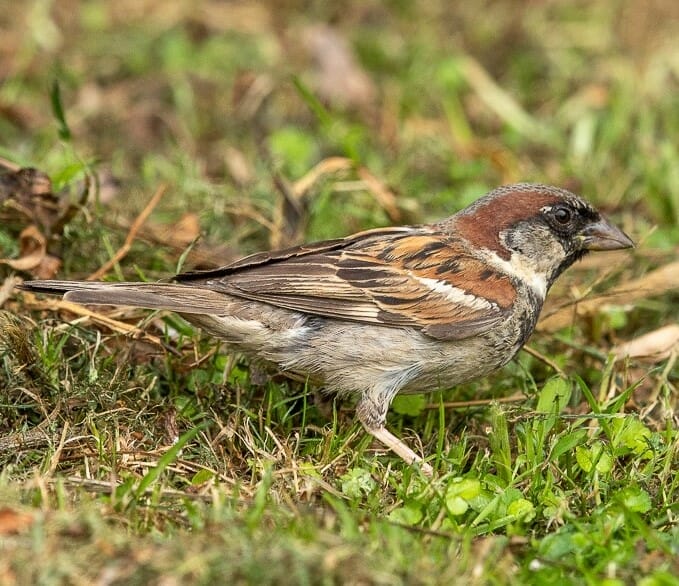
Sparrow species can be difficult to identify as they are mostly dull brown with subtle shade variations. Sparrows have been referred to as ‘ little brown jobs.’ When identifying sparrows, pay close attention to the detail of patterns and colors. It’s important to look at the color of the bird’s head, tail, wings, underbelly, and beak.
Many different species of sparrow can be divided into two main families:
Old World Sparrows are types of weaver finches. They include chestnut sparrows, house sparrows, rock sparrows, and Somali sparrows.
New World Sparrows include a large variety of sparrow species common in North and South America. Examples are swamp sparrow, field sparrow, song sparrow, eastern towhee, and American tree sparrow.
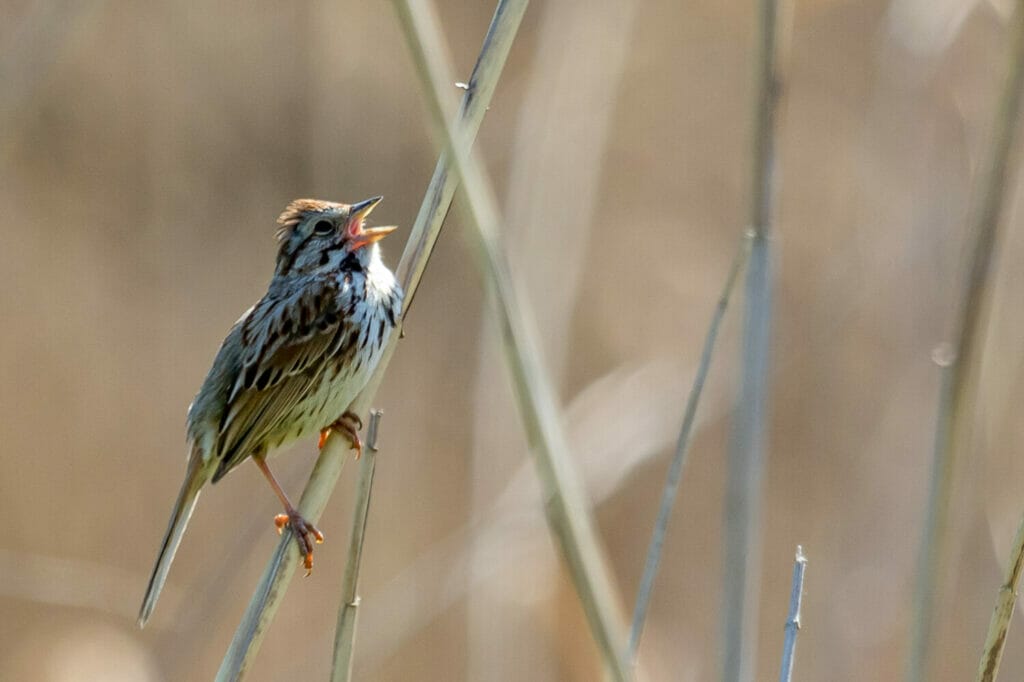
Sparrows enjoy a variety of seeds, such as black oil sunflower seeds, millets, cracked corn, and breadcrumbs. They also eat insects for protein.
One of the most common types of birds found across the globe is the House Sparrow. They are comfortable around people and can be found in urban, rural, or suburban areas. House Sparrows have been referred to as invasive as they are so widely spread across the world.
4. Nuthatches
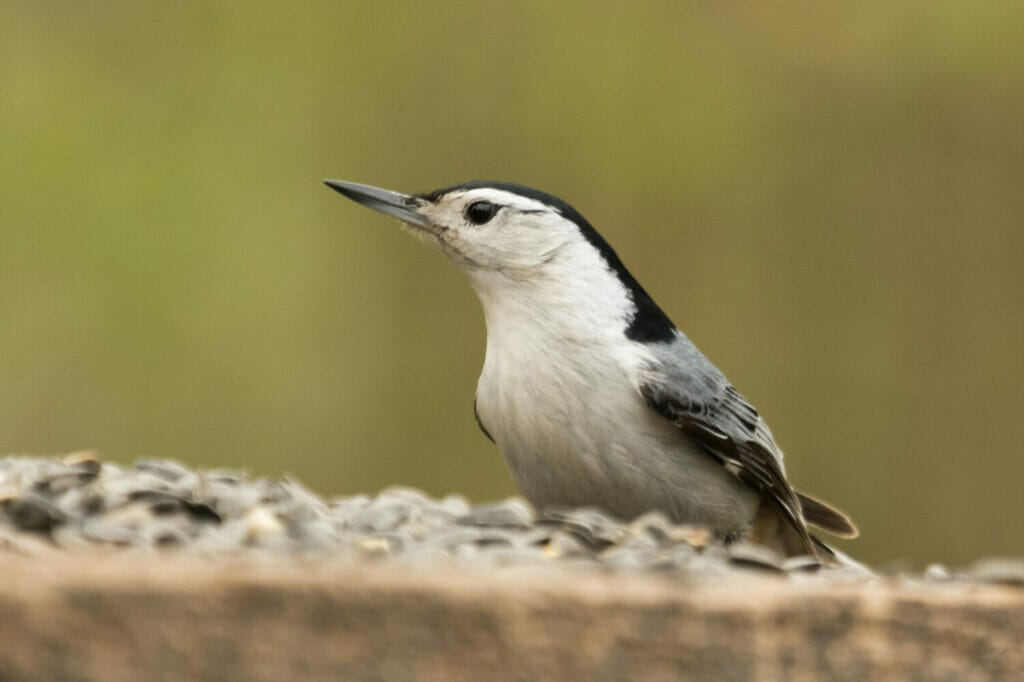
Nuthatches are small birds with large heads, short tails, and strong bills and feet. They have blueish grey backs, reddish-brown underbellies, and a black stripe over their eyes.
Nuthatches eat insects, nuts, and seeds. These little birds walk along with trees and branches and search for insects underneath the bark. They also feed alongside other bird species at feeders. Although small in size, they have been known to stand up for themselves against larger birds.
The name ‘nuthatch’ comes from the words ‘nut hacker.’ It describes this bird’s method of jamming a nut or hard seed into a crevice and hacking at it to get it open.
Some examples of nuthatches are red-breasted nuthatch, Chinese nuthatch, giant nuthatch, and pygmy nuthatch. Red-breasted nuthatches have been known to communicate and live closely with black-capped chickadees.
5. Chickadees
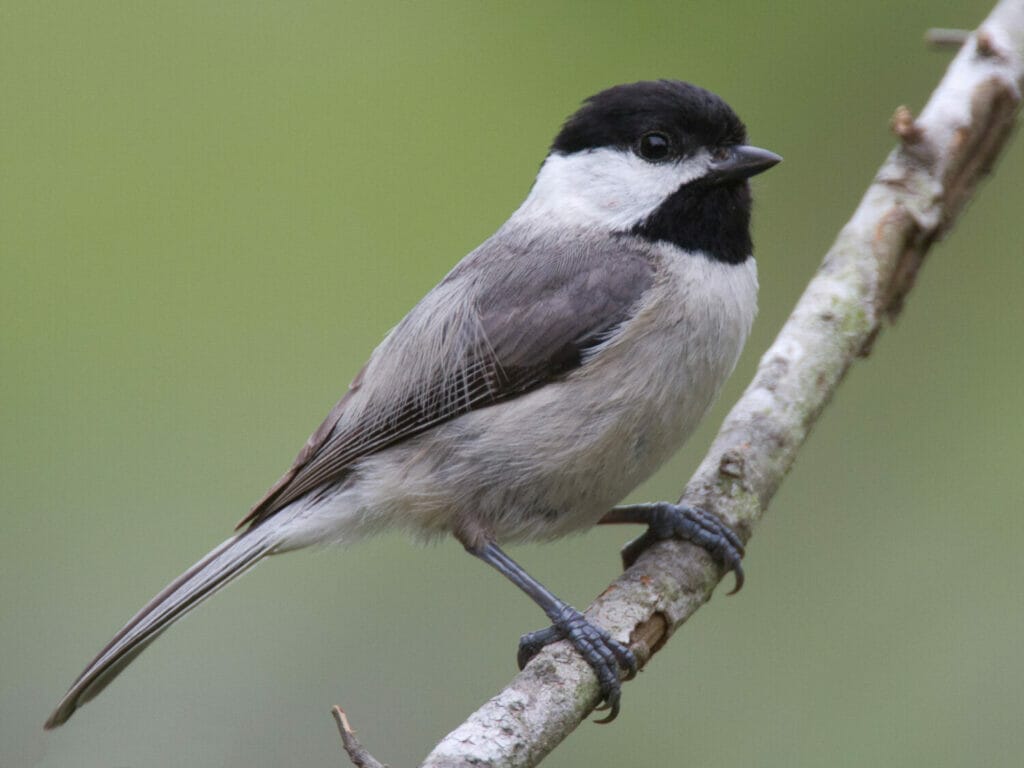
Chickadees are small birds that are light in color with dark patches on their heads and throats. They are closely related to titmice and are quite talkative and social birds. They are very active and confident and are not scared of humans.
Chickadees flock to bird feeders and eat sunflower seeds second to peanuts, chopped nuts, or peanut butter. They also peck at what they can find and eat a variety of insects and insect eggs, larvae, and pupae.
Chickadees make their nests in low stumps or holes in trees. If you would like to attract them to nest in your yard, you can attach a nest box onto a tree trunk. They can lay up to 10 eggs at a time. If their nest is near your feeder, they will be back and forth to feed their hungry chicks.
Types of chickadees include black-capped chickadees, chestnut-backed chickadees, gray-headed chickadees, and mountain chickadees.
Different Kinds of Sunflower Seeds

Author Note: Sunflower seeds are healthy for both birds and humans. They are rich in important minerals and vitamins such as iron, magnesium, zinc, Vitamin B, and Vitamin E. For a humble little seed, they are remarkably high in protein, calcium, and folic acid.
There are over 70 different cultivars of sunflowers. These cultivars can be divided into three different groups: Giant sunflowers, Dwarf sunflowers, and Colored sunflowers. The world’s tallest sunflower was grown in Germany and was 30 feet tall!
The most widely used type of sunflower is the Common Sunflower (Helianthus annuus). This sunflower often has many flower heads branched off a single stem. Sometimes there is only one large flower produced per plant. The Common Sunflower is tall with a rough, fury stem and large bright yellow flowers. A single sunflower can produce around 1000 seeds.
There are three different kinds of sunflower seeds that each have a different taste, appearance, and benefits.
Black Oil Sunflower Seed
Black oil sunflower seeds are black and a bit smaller than striped sunflower seeds. They are inexpensive and are found in most supermarkets or pet stores. The seeds are commonly used for producing cooking oil and certain cosmetics as well as being a popular bird food item.
Black oil sunflower seeds are not consumed by humans but are perfect for birds. Their shells are not too thick, so it is easy for birds to crack them open.
Birds that may be attracted to black oil sunflower seeds are chickadee, house finch, nuthatches, goldfinch, cardinals, sparrow, and woodpecker.
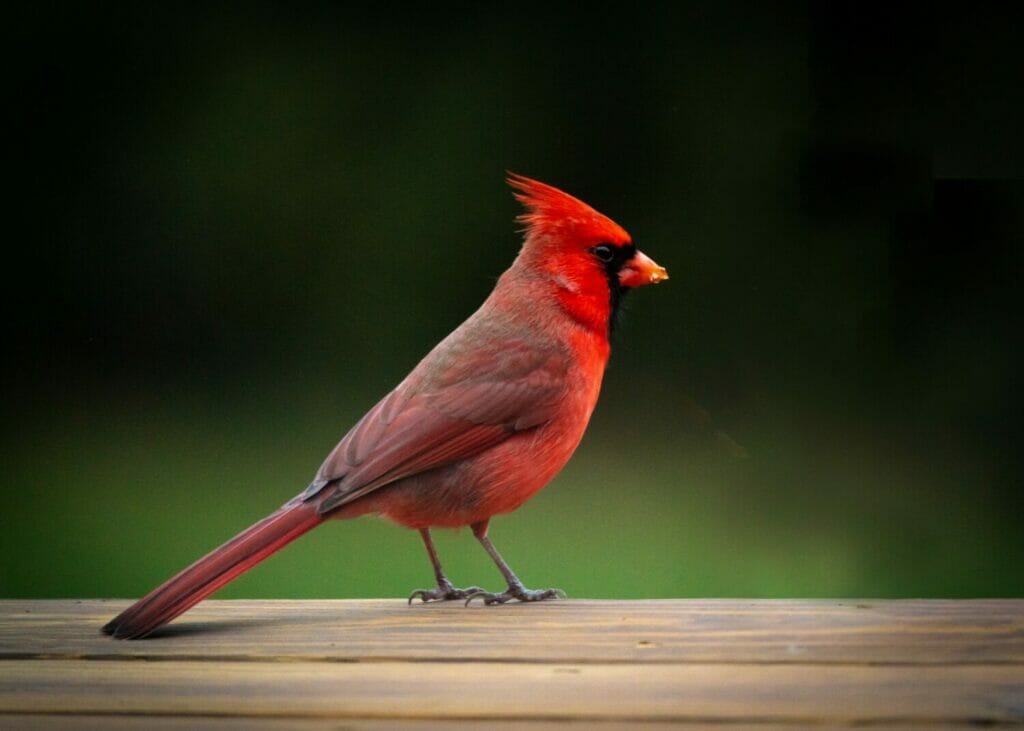
Striped Sunflower Seed
Striped sunflower seeds are commonly eaten by humans globally as a daytime snack. They are also given to birds but are less popular than the black oil seeds.
Striped seeds are larger than black oil seeds, and they have thicker, tougher shells. This makes it harder for some birds to crack them open. However, they are good seeds to use if you want to keep certain bird species away and attract others.
Suppose you are planning on using striped sunflower seeds in your coneflower bird feeder. It’s best to use a hopper or platform bird feeder. Larger billed birds such as cardinals, grosbeaks, and towhees may have trouble trying to perch on a tube feeder.
Hulled Sunflower Seed
Hulled sunflower seeds are seeds that have had their shell removed. They are also called sunflower chips or kernels. Machines are used to process large amounts of sunflower seeds (mainly striped seeds) to remove the outer husks.
Most seed-eating birds will eat hulled sunflower seeds. Hulled sunflower seeds are more expensive, but it may be worth the convenience of not having to clean up discarded shells.
Hulled seeds are easier for smaller birds to eat as they don’t have tough shells that need cracking open. Using hulled seeds in your bird feeder will attract birds such as dark-eyed juncos, goldfinches, and small billed sparrows.
Some pesky birds such as European starlings, grackles, and blackbirds may chase away smaller birds trying to enjoy a meal. You can keep them away by using a tube feeder or ‘exclusion’ feeder.
What Different Kinds of Seeds do Birds Eat?
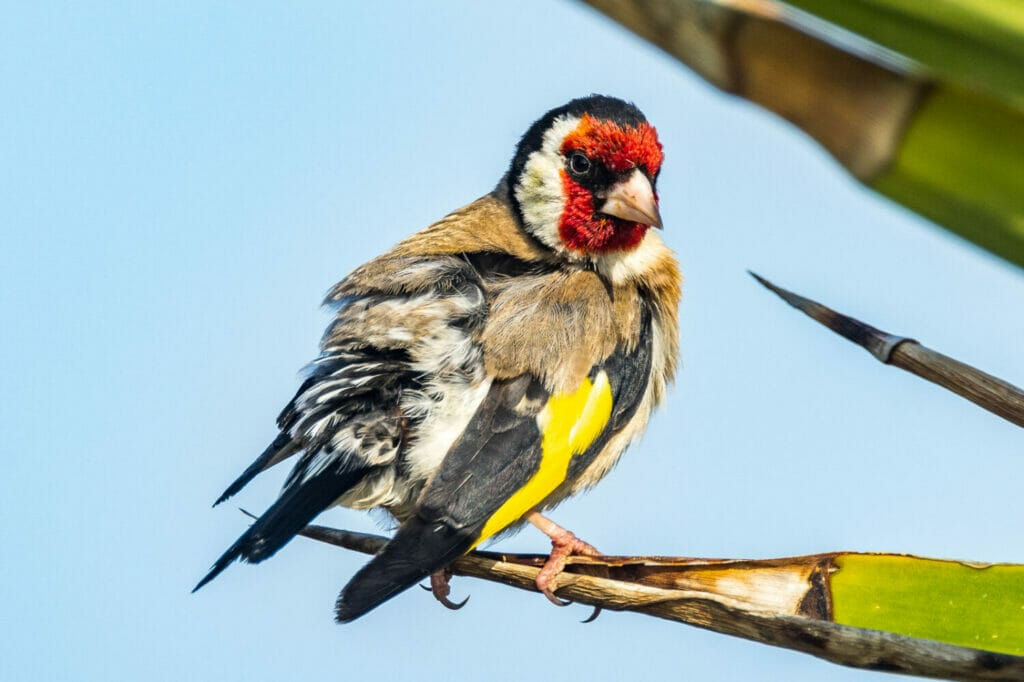
Birds are known to eat a large variety of different seeds and grains. Some common varieties are millet, sorghum, safflower seeds, sunflower seeds, thistle, cracked corn, and peanuts.
Author Note: Different seed varieties can be used to attract different bird species. However, sunflower seeds are known to attract a wider variety of birds than other types of seeds.
Small seeds such as millet or thistle attract bird species, including sparrows, finches, buntings, and doves. Tits and greenfinches love sunflower seeds and peanuts, while blackbirds enjoy flaked maize.
Be aware of bird feed mixes that contain wheat or barley. They may attract large numbers of pigeons, doves, and pheasants that could chase away smaller birds.
Conclusion
You can’t go wrong when using sunflower seeds to attract birds. Birds do not eat sunflower seeds whole. Most seed-eating birds have tough, strong beaks for cracking open the seeds. Some birds wedge the seeds into a crack in a rock or branch and peck to get through the hard shell to the soft inner.
If you have a garden and want to brighten it up, planting sunflowers is a great way to do so. Sunflowers are easy to germinate, and they grow fairly quickly. Many birds love them as well as bees, butterflies and other insects.
You can use different kinds of bird feeders and seed varieties to attract different bird species to your yard. We hope you enjoyed this article on do birds eat sunflower seeds whole.
Top tip: Keep a pair of binoculars on hand so you can identify the different bird species without startling them.
Fly high friends!
FAQ
Black oil sunflower seed is regarded as the best sort of sunflower seed to use on bird feeders. They have thin shells and so are easier for the birds to crack and they have a higher fat content which is good for supporting birds in winter.
Your bird feeder should be close to some natural shelter like trees or shrubs. This is so that the birds can quickly get to safety if needed.
Winter is the best time to support native birds. It is in the colder months that food is most scarce and the birds benefit from some support.
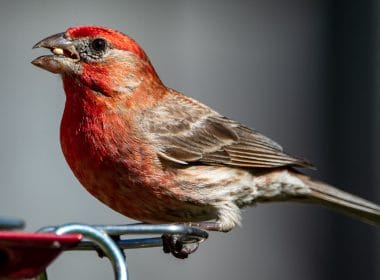
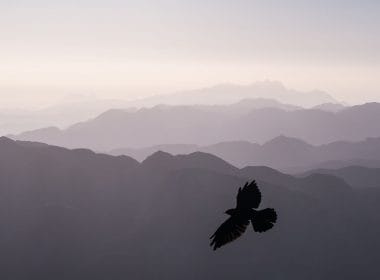
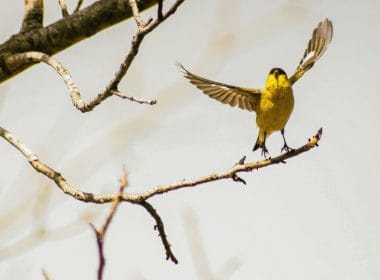
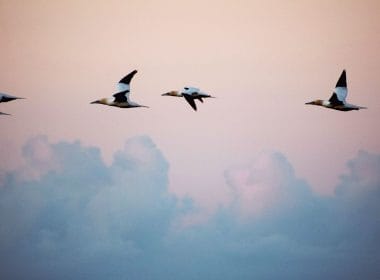
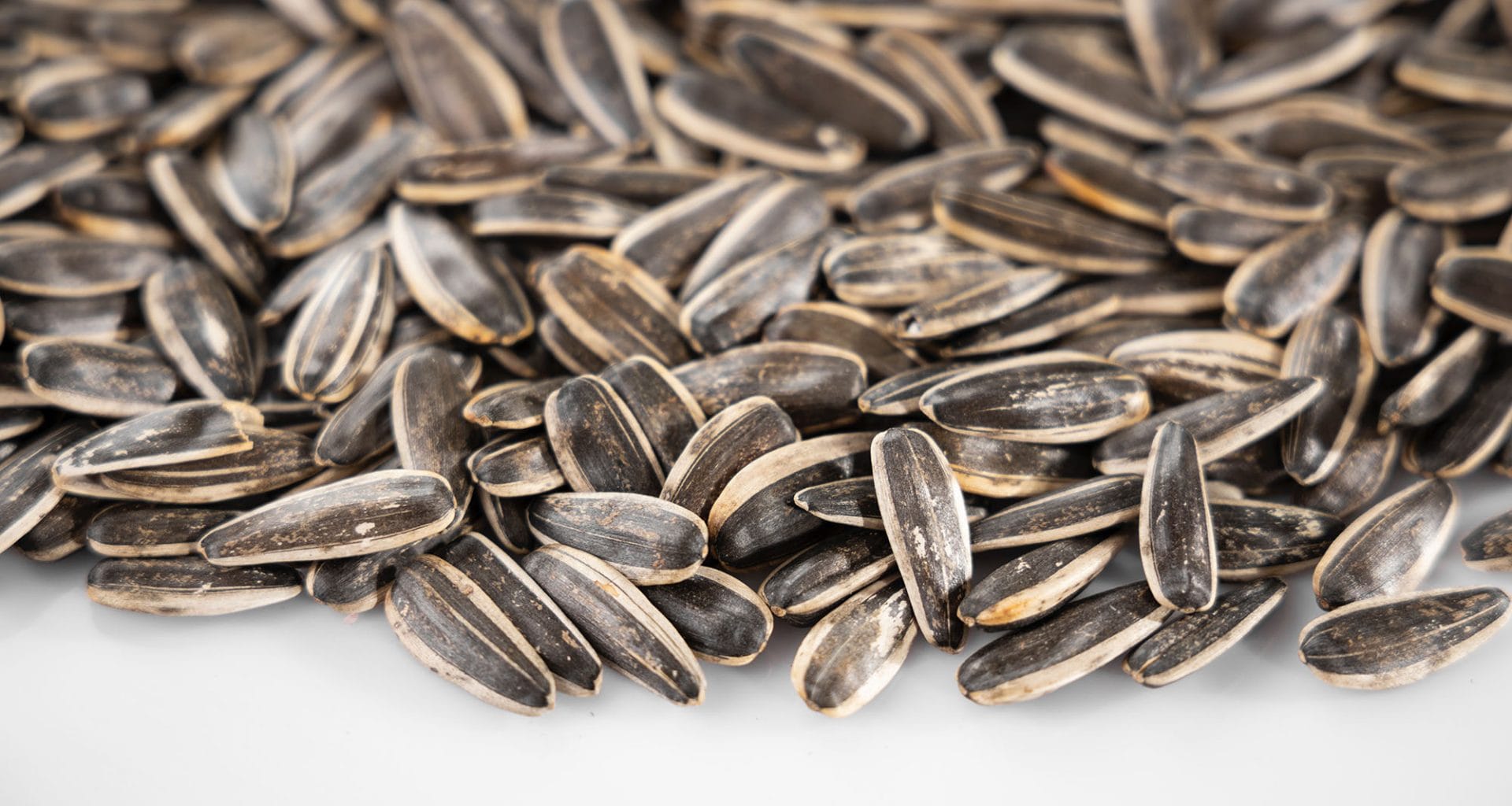
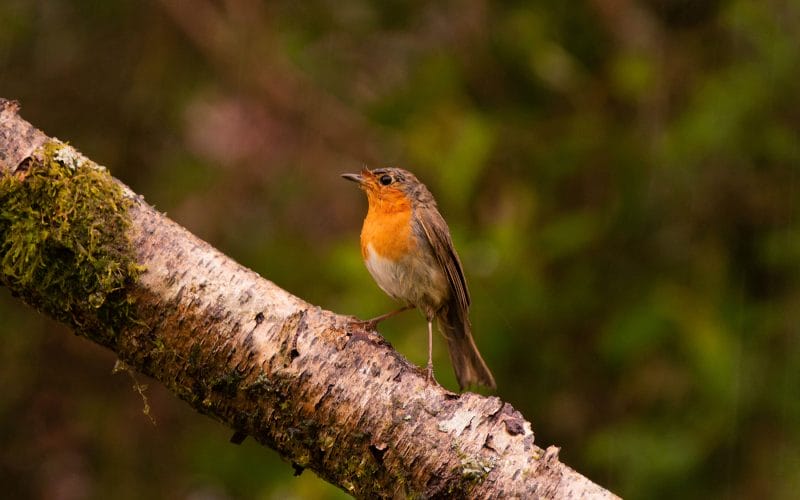
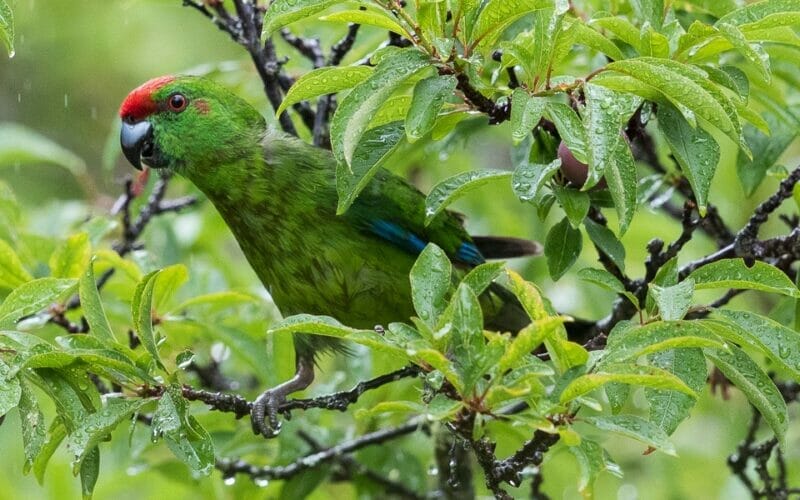
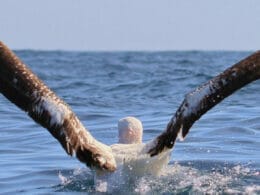
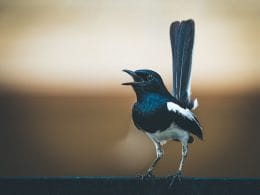
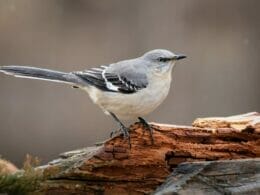
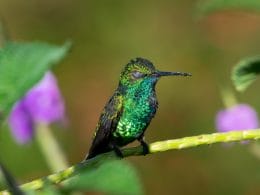
fascinating thank you
i witness crows swallowing sunflower seeds everyday at my bird feeder. yes, they swallow them whole !!
I have blue jays at my feeder take one sunflower seed after another and it apppears as if they swallow them. My question is this; Do they take them somewhere and regergate take them to crack them open and then eat the seed.
Hi, I think my house sparrows swallow black oil sunflower seeds whole- there is no mess on my deck after they eat, no shells. The seeds are just gone. By contrast, they wouldn’t touch the whole corn kernels that I left out once- even though it was soft canned corn.